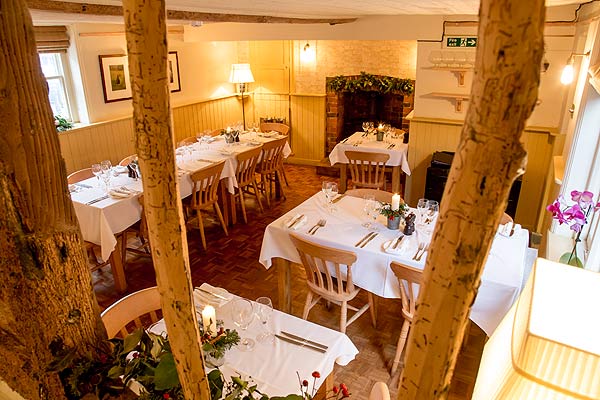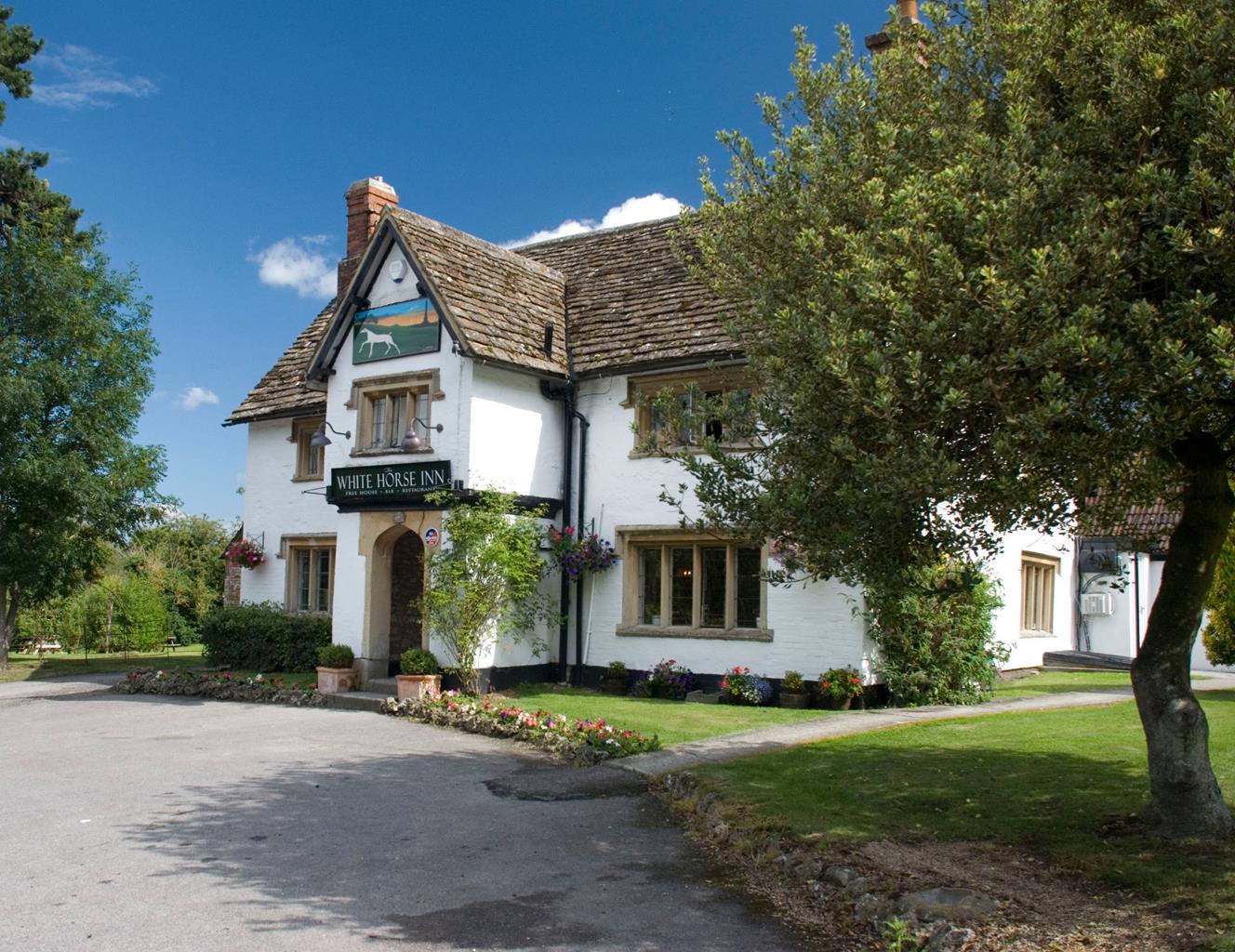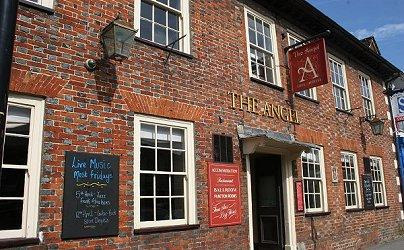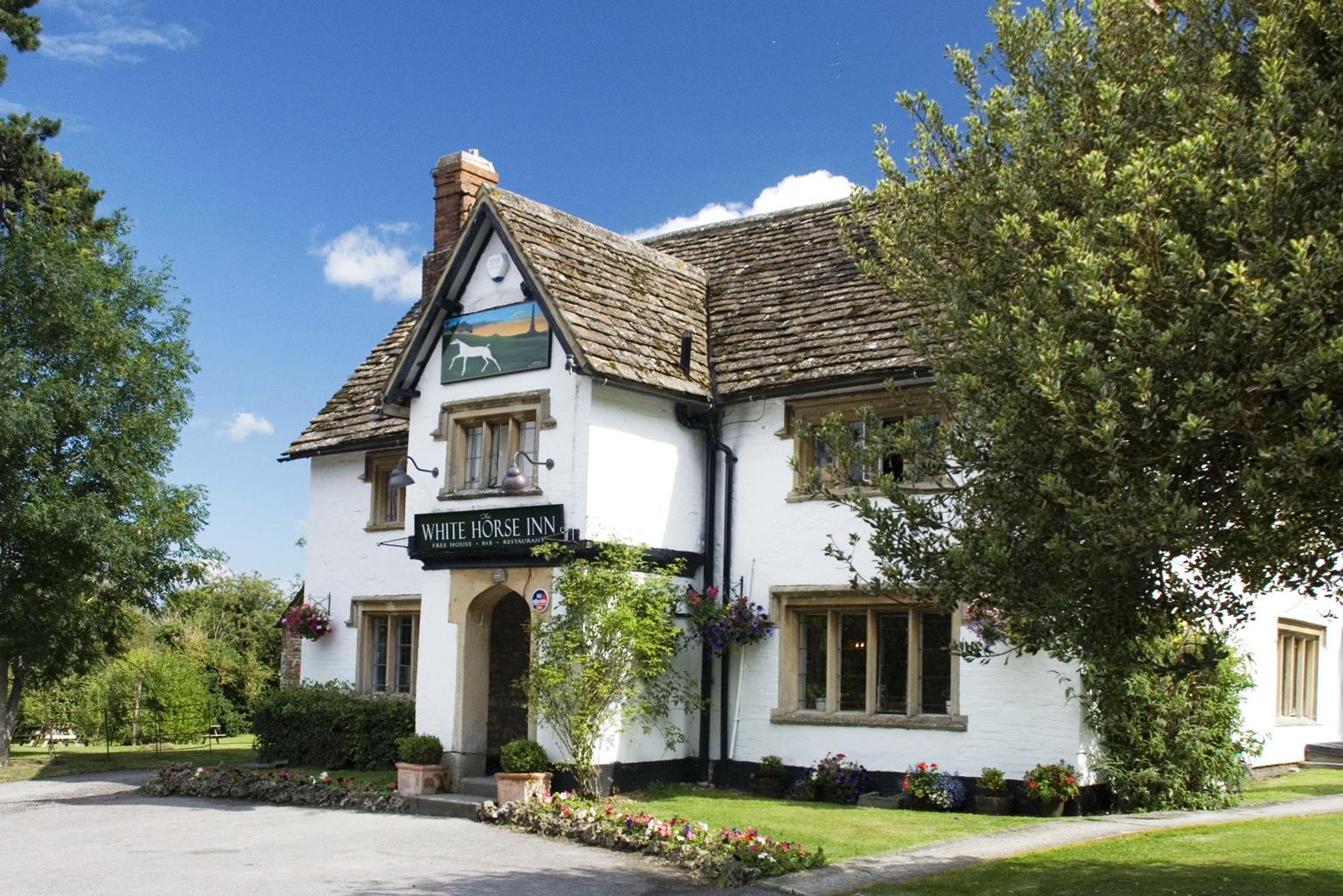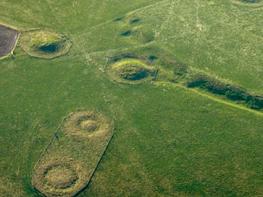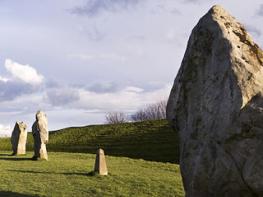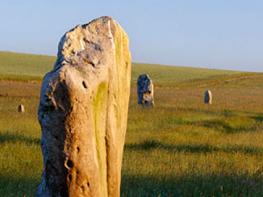Conveniently located for access to the M4, Chiseldon House is in a quiet location and has a…
Barbury Castle

4 miles (6.4kms)
About the walk
Some of the finest scenery in southern England can be found on the chalk downlands of Wiltshire, in particular the Marlborough Downs, which extend south from Swindon across the Vale of Pewsey to the northern flanks of Salisbury Plain. These expansive landscapes, with their wide skies and smooth ridges interspersed with long shallow combes, have captured the imagination of many writers, including Richard Jefferies (1848–87). Jefferies’ lyrical prose was deeply influenced by the vast open downland and the far-reaching views. His favoured spot along the northern ridge of the Marlborough Downs was on Barbury Down, with its breathtaking views across the Vale of the White Horse to the Cotswolds. About 150 acres (61ha) of open land on Barbury Down have now been designated a country park.
The archaeology of the area is renowned, with a mass of ancient field monuments, including stone circles, post-Roman earthworks, field systems, burial mounds and hill-forts littering the landscape. During the Iron Age, a succession of tribes invaded Britain, many of them settling on the North Wessex Downs where they constructed dramatic hill-forts on the downland escarpments, away from the threat of advancing enemies. One of the best-known hill-forts in southern England provides the focal point of the country park and our walk.
Following the ancient Ridgeway
Barbury Castle is a well-defined oval of about 12 acres (5ha), with entrances at the eastern and western sides passing through towering double ramparts, as well as ditches and other defences, which may have been added when it was re-fortified in the Saxon period. Finds from the site suggest that it was used over a long period of time and include flint axes, Iron Age and Roman pottery, weapons, tools and jewellery. You can see many of these on display in Devizes Museum. Half a mile (800m) north of the castle lies the battlefield of Beranburth, where Saxon chief Cynric and his son Ceawlin defeated the Britons in a bloody massacre. It established the Saxons as overlords of southern England and later, in AD 560, Ceawlin became King of Wessex.
The walk starts by following one of Britain’s best-loved national long-distance trails. Used for over 4,000 years, the Ridgeway linked East Anglia with the Dorset coast. The official route begins at Ivinghoe Beacon in Buckinghamshire and follows the chalk ridges to Avebury, 85 miles (137km) away.
Memorial to a Popular Writer
The walk finishes as it starts, by following another popular waymarked path – the Millennium Trail Byway. As well as offering stunning views to the north, the trail passes a memorial stone to Richard Jefferies who was born at Coate near Swindon and is perhaps Wiltshire’s best-known country writer. He spent much of his time walking the Wiltshire Downs and wrote: ‘They only know a country who are acquainted with its footpaths. By the roads, indeed, the outside may be seen; but the footpaths go through the heart of the land.’ His plaque on the stone faces his birthplace. On the other side of the memorial stone is a plaque recalling Alfred Williams (1877–1930), self-taught scholar, linguist and nature poet who was born at nearby South Marston.
The Hammerman Poet
Williams worked at the Great Western Railway works in Swindon by day. He was nicknamed the ‘Hammerman Poet’ and spent most of his life in his home village. The son of a carpenter, he grew up in poverty after his father abandoned his wife and eight children. He became a farm labourer at 11; when he was 14 he began working as a steam hammer operator at the railway works where he remained for the next 23 years. He published his first book of poetry in 1909, but his health declined and he left the works at the outbreak of World War I. His most famous work, Life in a Railway Factory (1915), has been described as the most important literary work ever produced in Swindon about Swindon.
Walk directions
Go to the far end of the car park, passing the toilet block to reach a gate. Continue along the Ridgeway to the eastern entrance to Barbury Castle and enter the hill-fort. Walk around the rampart or straight across the centre to leave via the western entrance. Drop down the hillside to a gate. Turn right down a lane and in 50yds (46m) turn right at the crossing of ways.
Follow the waymarked byway and at a T-junction turn left for 50yds (46m) along the metalled lane, then bear right at the cycle way sign (No. 45). Continue with trees on the left and then between fields to a waymarker for Barbury Castle.
Turn right and follow the field-edge towards Barbury Shooting School. Pass a dilapidated barn and on reaching a waymarker on the left, at the end of a line of trees, turn left. Swing right after a few paces towards a gap in the line of trees on the brow of the hill, pass a Millennium Trail sign and continue to an angled junction.
Turn sharp right, signposted ‘Millennium Trail’ and head for a gate. Steeply ascend Burderop Down to a stile and gate and continue to climb along the left-hand edge of a large field, past the memorial stone to Richard Jefferies and Alfred Williams. Eventually you reach a gate. Turn left up the lane and soon turn right back into the car park.
Additional information
Tracks and byways, field paths, metalled lanes
Chalk downland
Let off lead in country park
OS Explorer 169 Cirencester & Swindon
Free parking at Barbury Castle Country Park
Barbury Castle Country Park
WALKING IN SAFETY
Read our tips to look after yourself and the environment when following this walk.
Find out more
Also in the area
About the area
Discover Swindon
Nearby stays
Restaurants and Pubs
Nearby experiences
Recommended things to do
Why choose Rated Trips?
Your trusted guide to rated places across the UK
The best coverage
Discover more than 15,000 professionally rated places to stay, eat and visit from across the UK and Ireland.
Quality assured
Choose a place to stay safe in the knowledge that it has been expertly assessed by trained assessors.
Plan your next trip
Search by location or the type of place you're visiting to find your next ideal holiday experience.
Travel inspiration
Read our articles, city guides and recommended things to do for inspiration. We're here to help you explore the UK.


